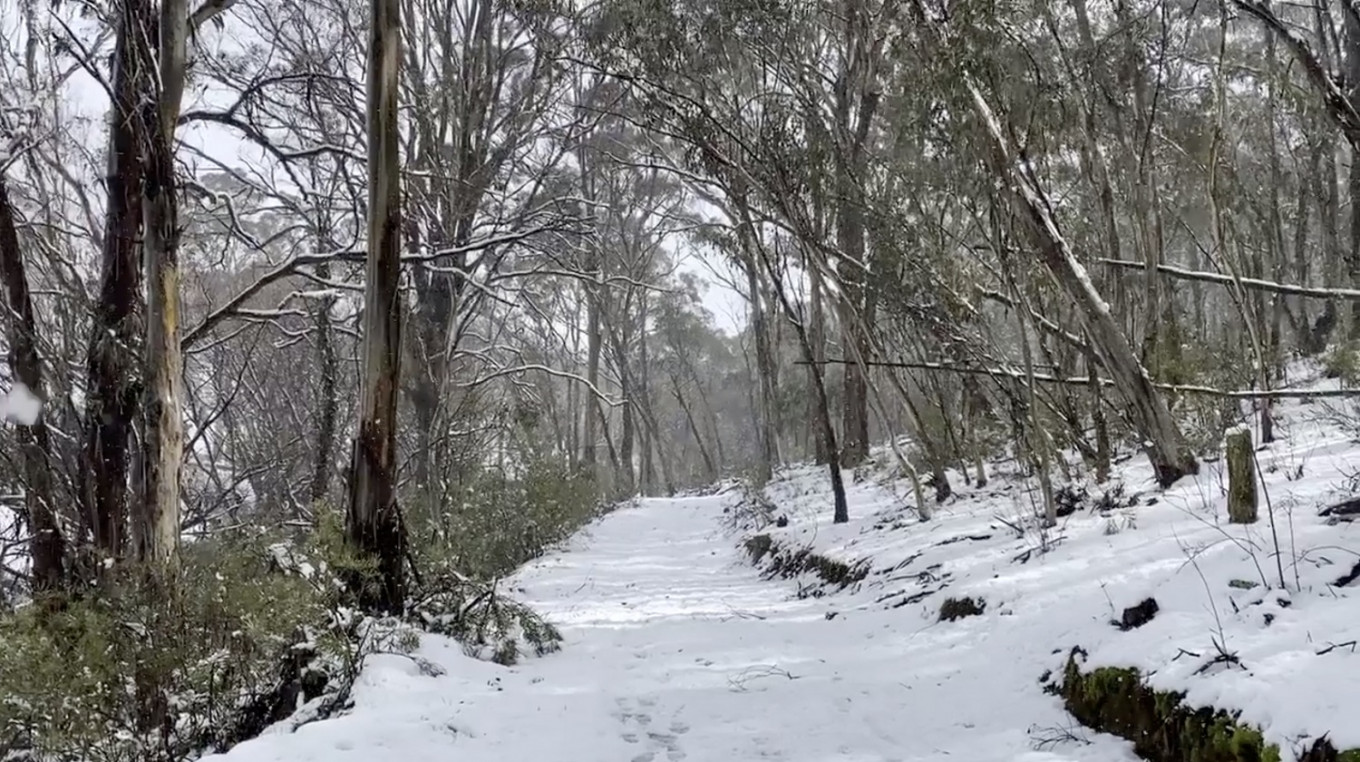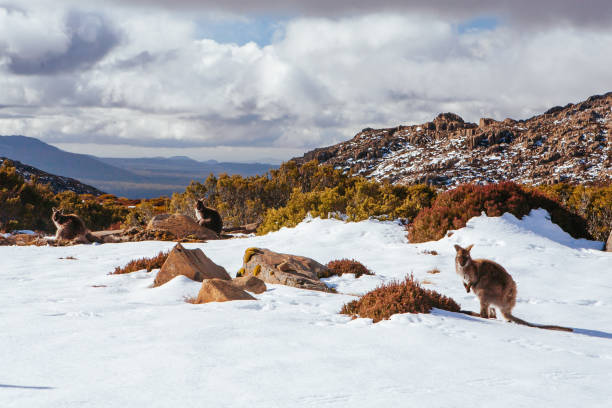Find Out What Fun Experiences You Can Try When Visiting Snow In Australia
Find Out What Fun Experiences You Can Try When Visiting Snow In Australia
Blog Article
Discover the Remarkable Results of Snow in Australia on Regional Ecosystems
In spite of its track record for sun-soaked landscapes, Australia additionally flaunts regions buried by snow-- a sensation that greatly influences the nation's one-of-a-kind communities. The insulating properties of snowflakes shield flora and fauna amidst the coldest winters months, while the melting snow supports rivers and water life.
The Unanticipated Regions of Snowfall in Australia
Although Australia is frequently connected with sun-scorched landscapes and sandy beaches, certain regions surprisingly experience snowfall. The high country areas of New South Wales, Victoria, and Tasmania are specifically recognized for their winter season snow. The Snowy Hills in NSW, for instance, get abundant seasonal snow, using a plain contrast to the country's regular hot, arid environment. Meanwhile, the Victorian Alps and components of Tasmania additionally see annual snowfalls, transforming the landscape right into a winter months paradise. These areas are not just anomalies however essential parts of Australia's diverse climate system. The visibility of snow in these areas dramatically affects neighborhood communities, subsequently impacting the country's distinct biodiversity. The certain impact on Australia's distinctive vegetation will certainly be gone over in the next area.

Exactly How Snow Impacts Australia's One-of-a-kind Flora
While it might appear uncommon, snowfall in Australia plays a critical role in forming the nation's unique flora. The snow-filled winters months foster strength in Australian plant varieties. This is particularly noticeable in the sub-alpine and alpine areas, where snow periodontals and mountain plum-pines grow. These plants have advanced to make it through in severe conditions, with snow functioning as a safety blanket from rough winds and freezing temperature levels. The snow also adds to the moisture web content of the dirt, providing essential hydration for plant throughout the dry summertime. Fundamentally, the snow influences the timing of blooming and seed dispersal, the growth rates, and the survival of lots of plant species, showcasing the complex interplay in between climate and vegetation in Australia.

The Adjustments of Australian Fauna to Snowfall
Equally as Australia's plants has adapted to the wintery problems, the regional animals also, exhibit exceptional adaptations to the snowfall. Types like the visit here Mountain Pygmy-possum, the only Australian marsupial known to hibernate, have advanced approaches to survive in snowy settings. It uses the snow as insulation, hibernating in rock gaps under the snow to remain warm. Likewise, the Snow Skink, a species of lizard, transforms its colour to white throughout winter months, offering camouflage against killers. Birds such as the Snowy Mountains' Crimson Rosella likewise change their diets to More about the author take in offered food sources throughout chillier durations. Hence, despite the severe problems, Australian fauna demonstrates a durable and adaptive nature, guaranteeing their survival in areas experiencing snowfall.
The Function of Snow fit Neighborhood Communities
In shaping the neighborhood ecological communities, the function of snow in Australia is both multilayered and profound. Snow provides a vital water resource, feeding rivers and tanks as it thaws, therefore supporting a selection of marine life types. The presence of snow forms the plants patterns, pet habits, and overall sustainability of Australia's one-of-a-kind ecological communities.

The Future of Snowfall in Australia: Forecasts and Effects

Offered the vital duty snow plays in forming regional ecological communities, the future of snowfall in Australia is drawing increasing attention from researchers and environmentalists. Existing climate models anticipate a substantial reduction in snowfall because of worldwide warming, with possibly extensive influence on local environments. Less snow could cause lowered water availability in alpine regions, negatively influencing wildlife habitats and plant. It might change the timing of seasonal adjustments, disrupting the life cycles of several native varieties. The tourist market, heavily reliant on the winter months snow season, might additionally deal with considerable difficulties. Comprehending these predictions and their effects is crucial to develop reliable conservation techniques, guaranteeing the preservation of Australia's one-of-a-kind biodiversity and the sustainability of its economic climate.
Conclusion
The duty of snow in Australia's communities is crucial yet typically forgotten. Thus, the snow in Australia is a lot more than an all-natural spectacle; it's an important gamer in the country's environmental story.
Regardless of its credibility for sun-soaked landscapes, Australia likewise flaunts regions blanketed by snow-- a phenomenon that profoundly affects the nation's distinct environments. It makes use of the snow as insulation, hibernating in rock gaps beneath the snow to remain warm - Does Australia Get Snow.In shaping the regional communities, the role of snow in Australia is both profound and multilayered. The click this link existence of snow shapes the plants patterns, pet behavior, and general sustainability of Australia's special communities
Offered the essential function snow plays in shaping local ecosystems, the future of snowfall in Australia is attracting raising attention from ecologists and researchers.
Report this page